Seal degradation and battery swelling are two failures that can silently develop in powered oral care devices, often going unnoticed until the damage becomes severe. But when both occur simultaneously, the consequences are more than cosmetic—they pose a tangible safety risk to end users and can trigger extensive warranty claims for manufacturers. Let’s explore why these issues are closely connected, and what proactive measures B2B suppliers should consider.
Seal degradation occurs when the protective gaskets or enclosures inside the product begin to:
Once these seals fail, moisture and contaminants can infiltrate the internal compartments.
When seals degrade, the risk of battery swelling increases dramatically:
This swelling not only distorts the device housing but can eventually rupture the casing. Company web:https://www.powsmart.com/product/electric-toothbrush/
While seal degradation and battery swelling are problematic on their own, their combination magnifies safety hazards:
It’s critical for manufacturers to recognize these compounding risks early.
To avoid product failures, B2B suppliers should train partners and distributors to spot:
Timely detection can prevent accidents and mitigate brand damage.
Innovative suppliers are already implementing strategies to break this failure chain:
These design upgrades help prevent both seal and battery degradation from escalating.
Finally, B2B brands can protect end users and minimize claims by:
Such steps reinforce a reputation for safety leadership and accountability.
Conclusion
Seal degradation combined with battery swelling is not simply an aesthetic defect—it’s a progressive hazard that requires active prevention. Through better materials, smarter monitoring, and education, manufacturers and distributors can mitigate this risk and deliver products that uphold the highest safety standards. Contact us

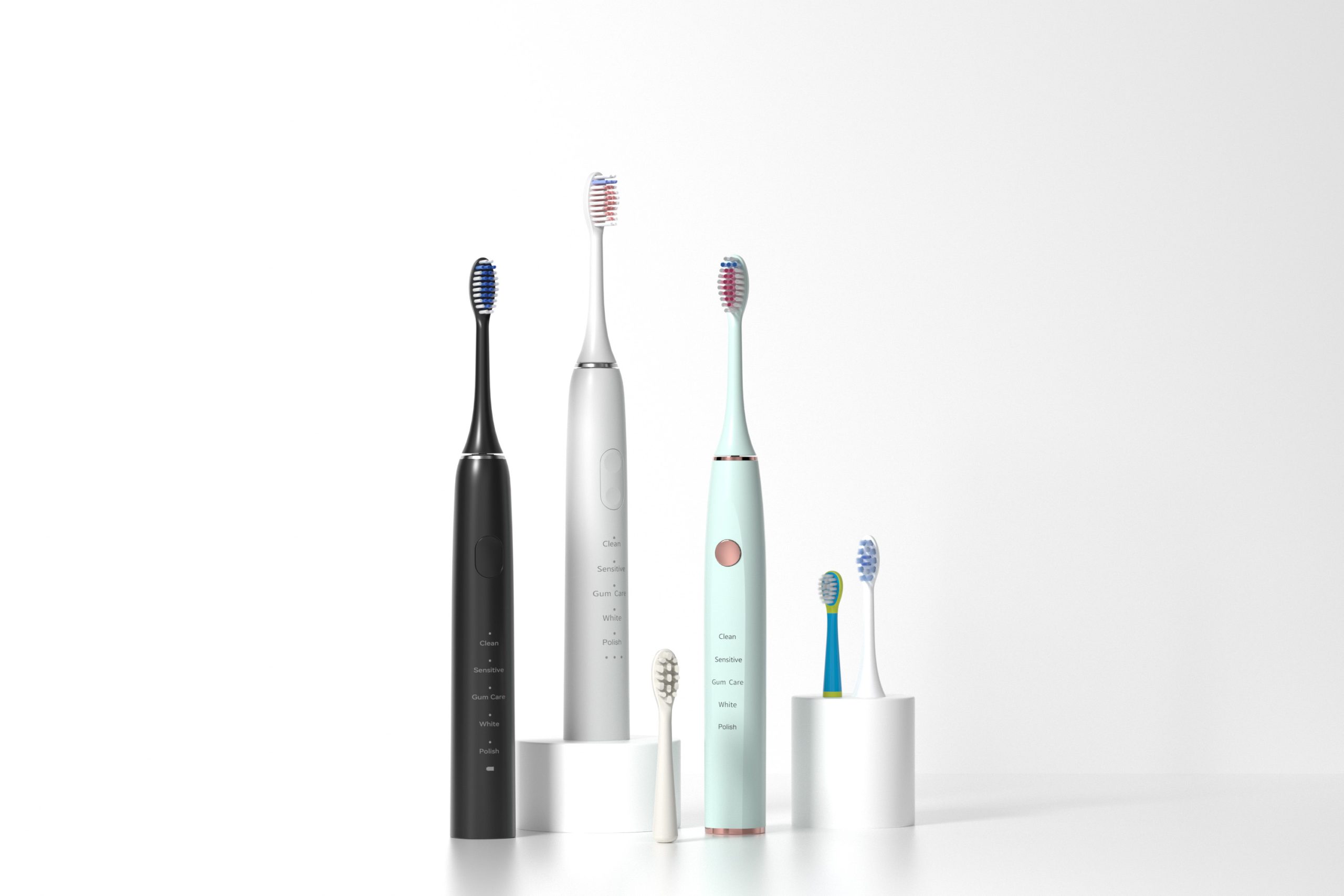
Gentle Yet Effective Cleaning: Sonic Toothbrush for Receding Gums
Circuit Shorting with Nerve Inflammation – Emergency?
Battery Overheating Inducing Ear Discomfort – Dangerous?
.jpg)
Gentle Sonic Vibrations Electric Toothbrush for Sensitive Teeth
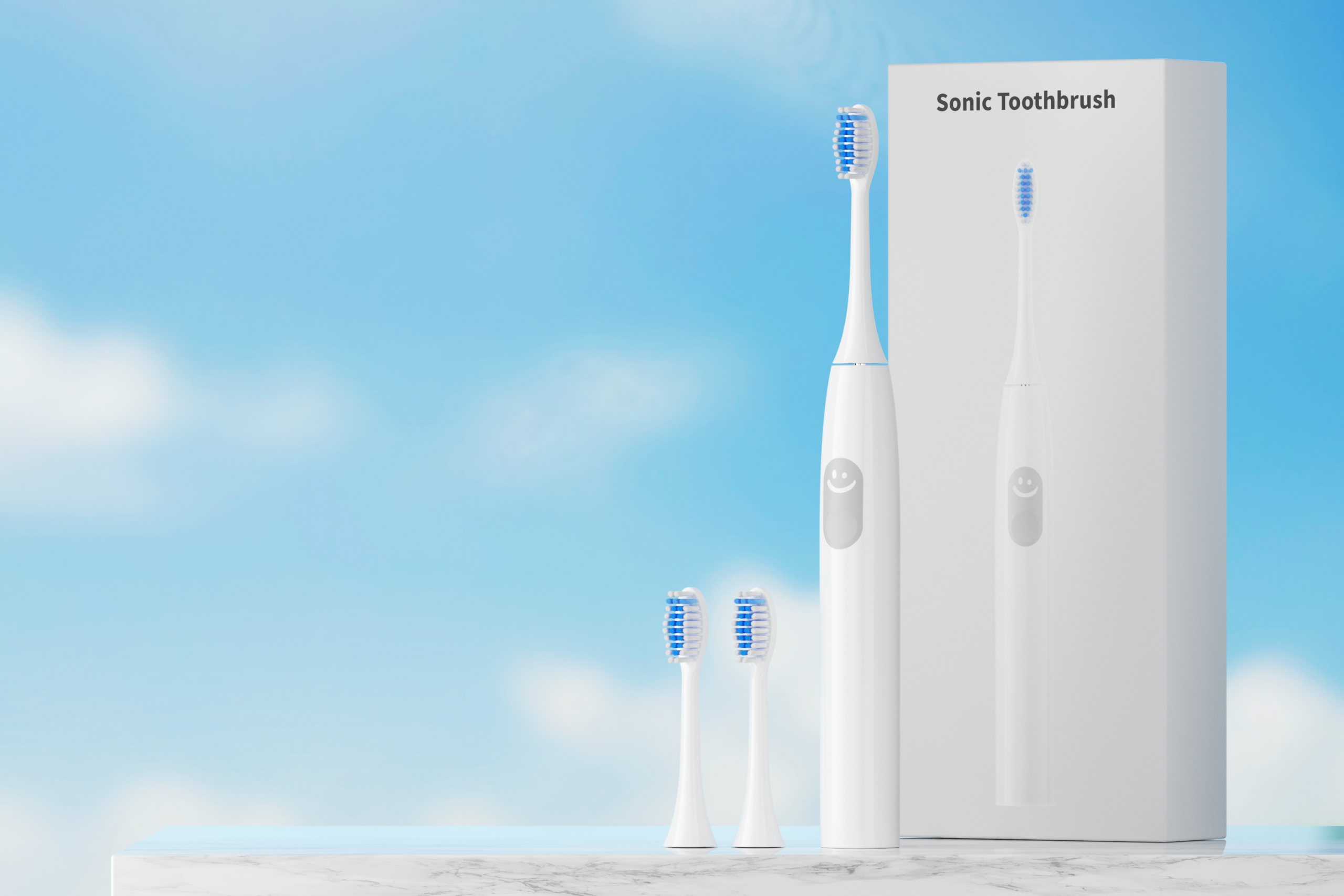
Foldable Design & USB Charging Travel Electric Toothbrush OEM
.jpg)
OEM Essentials for Electric Toothbrush Production

Premium Oral Care Product Selection Strategies in the Consumer Upgrade Era
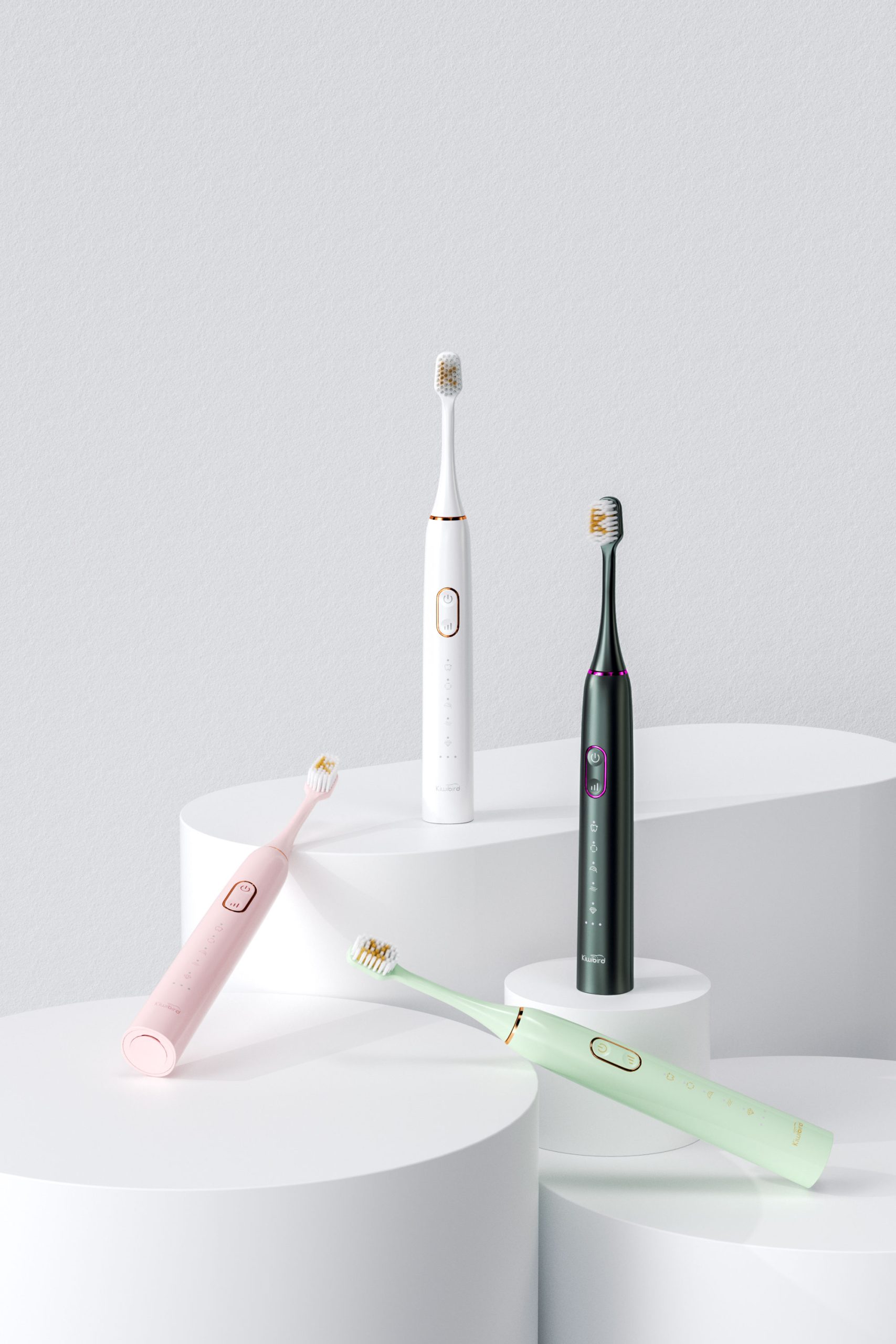
Is Whitening Possible for Sensitive Teeth?
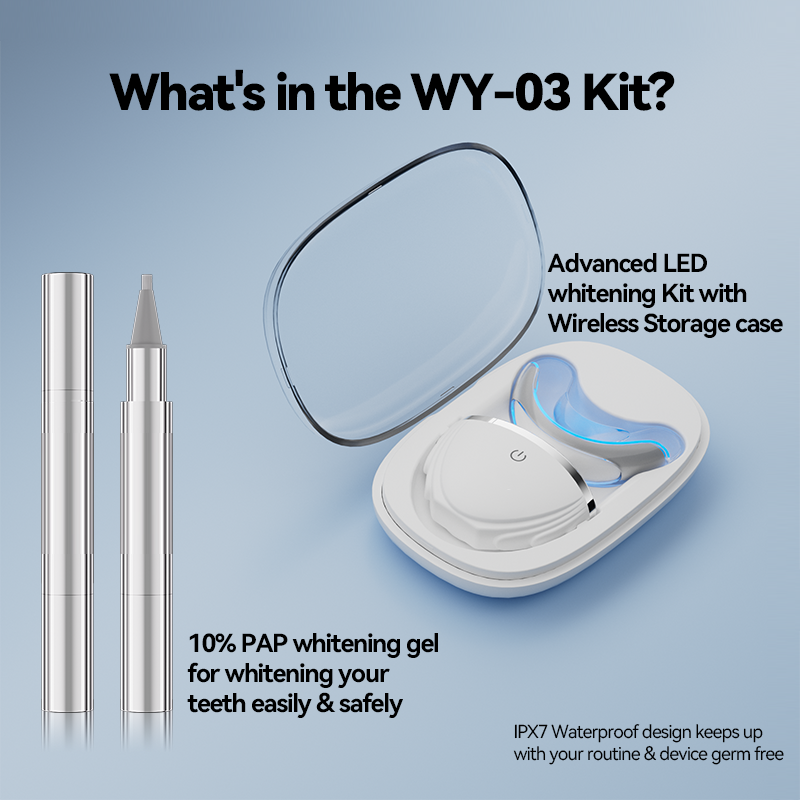
How Wireless Tech is Revolutionizing Oral Care Devices
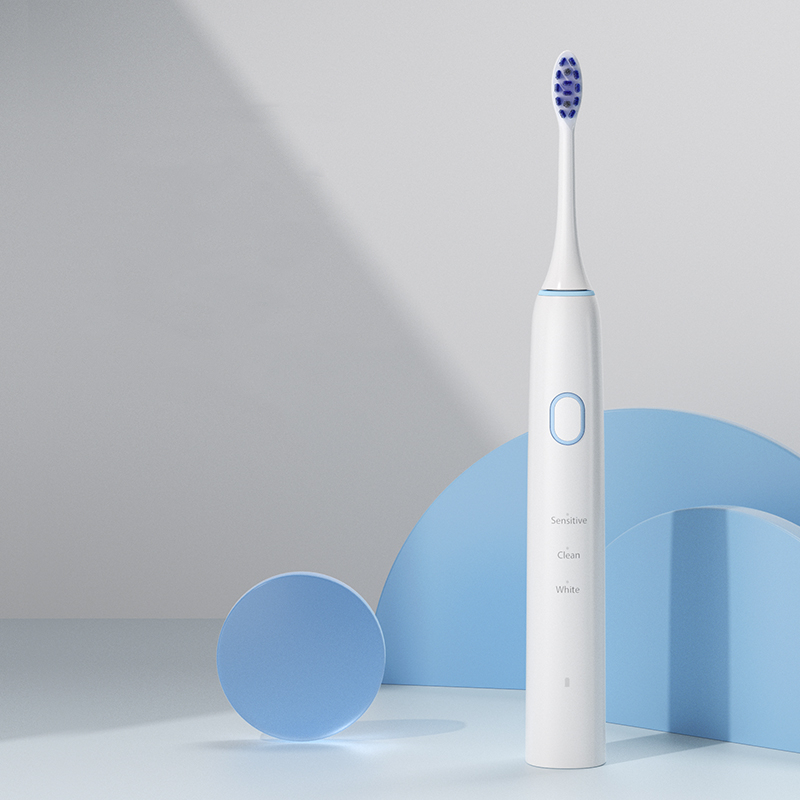
sonic electric toothbrush San Diego
Head Detachment During Lip Abrasions – Design Fault?
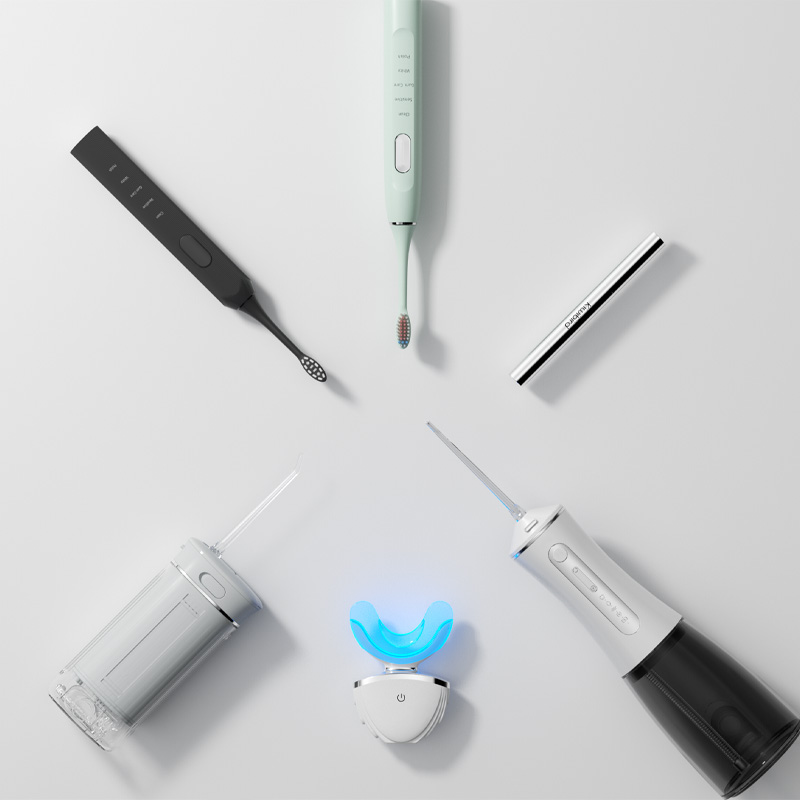
Market Potential of Electric Toothbrush & Whitening Device Combos
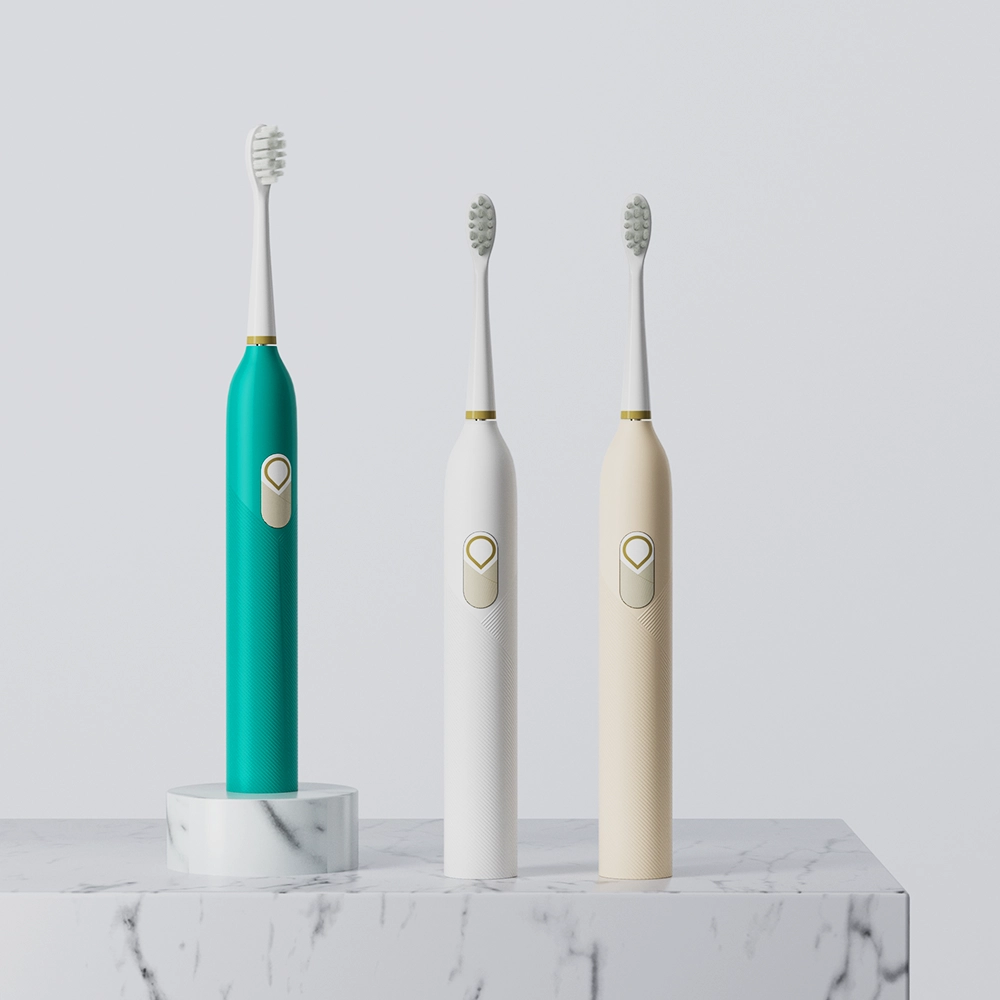
Electric Toothbrush with Bass Brushing Technology – 45-Degree Angle Cleaning
Gel Leakage with Enamel Translucency – Permanent Damage?
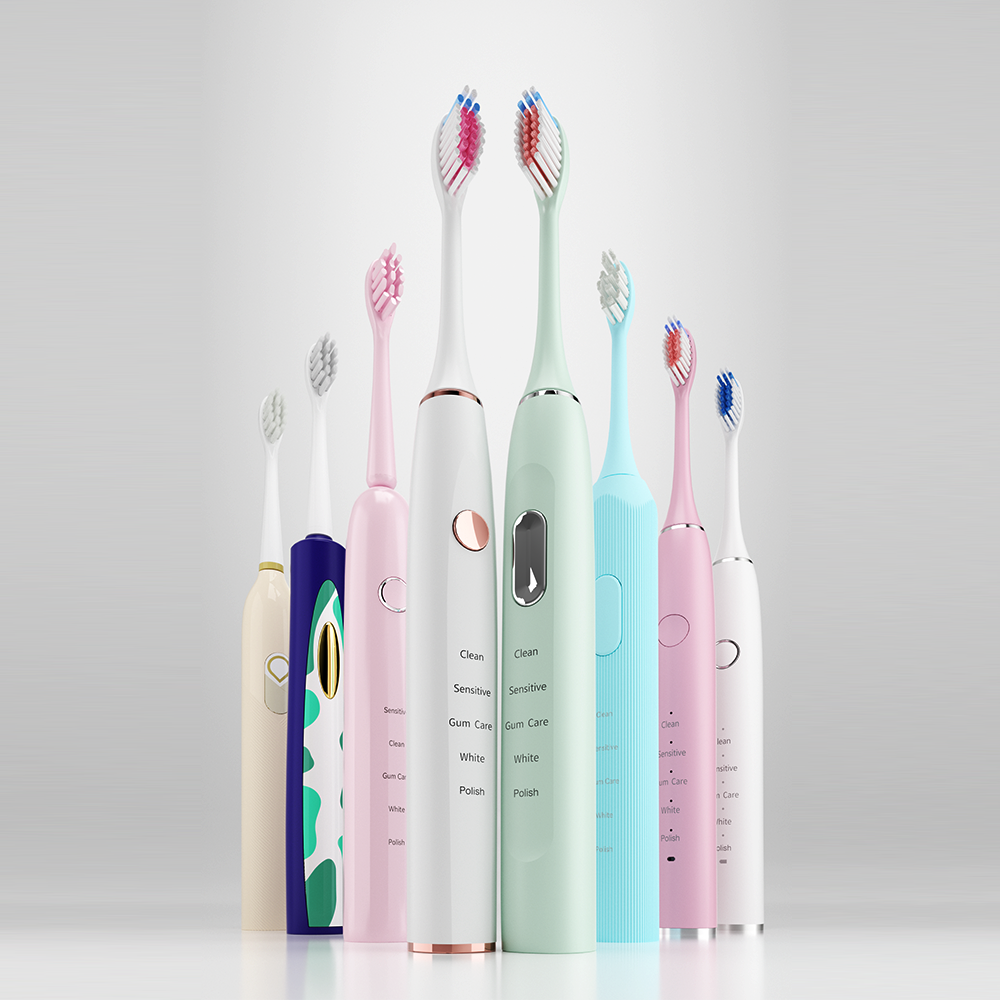
Camping Electric Brush Too Bulky? Folding Toothbrush Design Saves 50% Space!
Taste Loss After Mucosal Burns – Whitening’s Cost?

Customization Teeth Whitening Gel

electric toothbrush heads Charcoal Infuse-Round
.jpg)
Florida Electric Toothbrush – Powsmart PTR-C8

electric toothbrush heads Ultra Soft

Private Label Whitening Gel

electric toothbrush heads Regular Clean

electric toothbrush heads Deep Clean

Electric toothbrush heads Charcoal Infused-Diamond
whstapp
whstapp
National Toll-Free Service Hotline
+86 755 86238638